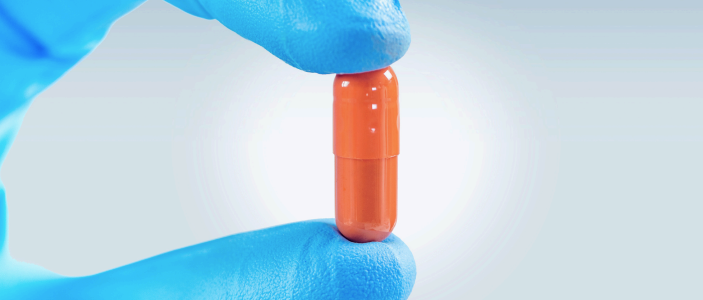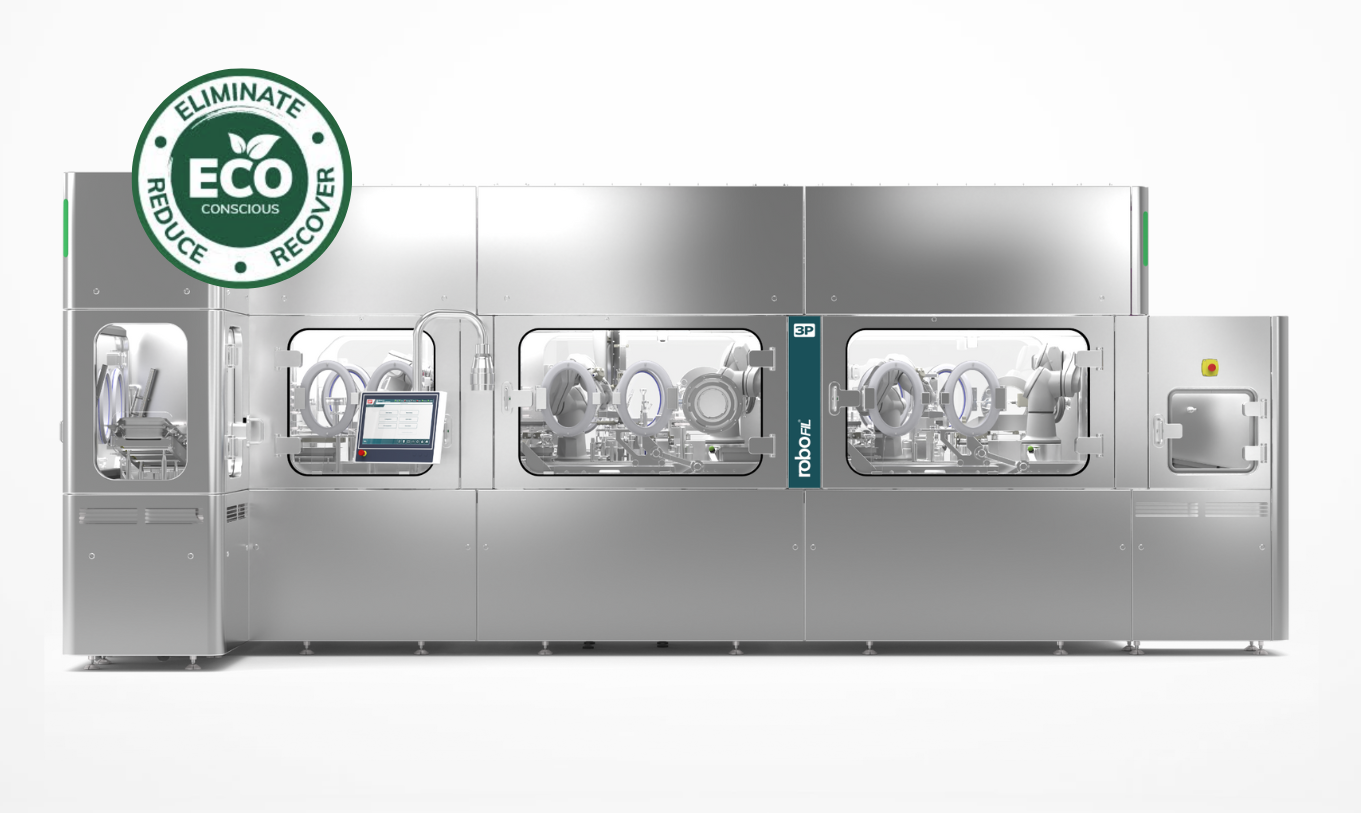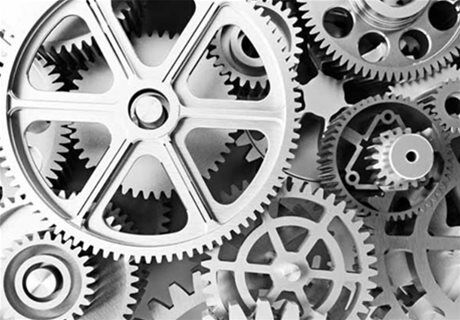From Disruption to Reinvention: The Story of API-in-Capsule Technology and Its Future
From Disruption to Reinvention: The Story of API-in-Capsule Technology and Its Future This article traces the evolution of API-in-capsule (AIC)...
6 min read
Ian Hayto : 28 July 2021
In this blog, Ian Hayto, Project Engineer at 3P, discusses the importance of understanding the 'three P's' and how he himself uses them for project success.
 A few years ago, while watching a video of one of the machine projects I’ve worked on I was asked by a non-engineer friend ‘how do you end up with a machine like this?’ He was struggling to understand how we got from a product to the fully working machine he was watching. At the time, I’d never really given it much thought so I could only think to reply with ‘well, you just start with the thing you are making and work outwards from there. After a while you end up with a machine like that one. It seemed an overly simple answer to a complicated process, but in reality I’ve found that is exactly what happens.
A few years ago, while watching a video of one of the machine projects I’ve worked on I was asked by a non-engineer friend ‘how do you end up with a machine like this?’ He was struggling to understand how we got from a product to the fully working machine he was watching. At the time, I’d never really given it much thought so I could only think to reply with ‘well, you just start with the thing you are making and work outwards from there. After a while you end up with a machine like that one. It seemed an overly simple answer to a complicated process, but in reality I’ve found that is exactly what happens.
I have been fortunate to meet and work with some very talented engineers during my career, and I’ve tried to learn as much as possible from every one of them. I’m also fortunate that I have found myself working on a wide variety of design and machine projects covering a range of industries and having very different requirements. But the one thing I learnt while working alongside those more experienced engineers is that their approach to problem solving was actually quite similar: for the project to be a success you have to really understand what you are making and how you are going to do it. In other words understanding the ‘Product’ and the ‘Process’ is key to the ‘Production’ success of the solution.
It’s no coincidence that the three ‘P’s’ in 3P innovation’s name stand for 'Product', 'Process' and 'Production'. Some of those talented engineers I mention are now directors of the business and they know and understand that the relationship between the three elements is a key requirement to a successful outcome for the machines we supply. As a more experienced engineer now (read: old) I find myself championing the significance of understanding the ‘Product’ and defining the ‘Process’.
I find the best way to understand and fully define a machine’s process is to draw out each step in a simple, clear and easy to understand layout drawing. My weapon of choice to create the drawing is good, old-fashioned AutoCAD 2D. I’ve been using AutoCAD since DOS release 10 so it’s as familiar to me as slipping on an old pair of shoes. Other people may have their preference, and it’s really not important how the drawing is produced, but the key requirement is that it is focused on process alone. The time to worry about how things are driven and what the parts might look like comes later. The drawing is laid out like a comic book page, each discrete ‘step’ in the overall process occupies its own square and the complete machine process can be read step-by-step from left to right and top to bottom just like the pages of the Dennis the Menace and Desperate Dan (and later Viz) comics I enjoyed as a youth.
This may be a controversial statement, but I believe it’s also vitally important that the drawing is not linked parametrically to the main CAD model. I appreciate this requires some maintaining as things inevitably change during the design process, but the separation means that the first principal process dimensions are not inadvertently corrupted by updates being made to the main CAD. This drawing also becomes a record of the initial dimensional requirements – the bones on which the machine process is built if you like, which can be an invaluable document later in the project’s timeline.
The main reasons to produce process drawings is to define key process dimensions and to promote and inform understanding of exactly how the process will work, in minute detail if necessary. This may seem like an unnecessary overhead – the drawing will only ever contain information that will be duplicated in the main CAD model after all, and any decent design engineer will be thinking about the functional requirements during the design anyway, so why bother? The following examples hopefully illustrate the benefits.
Rewind a few years and at a previous employer I was involved in a project for a machine to make a consumer healthcare product at relatively high speed (~750ppm). The product itself was a folded paper sachet filled with a powder containing the API and various other carrier ingredients. The sachet was an awkward shape with edges that were prone to catching on anything static, causing it to immediately stall and create a major foul up as the products following crashed into it. In short they needed very careful and controlled handing.
This new machine was a variant of a successful prototype machine we had already developed. The variation was that the sachets were to be packed in pairs rather than collated into a bundle as on the prototype machine. However, we had successfully developed a method to handle and collate the individual sachets so the main design principal was to use as much of the geometry from the existing collator as possible.
The design of the machine also coincided with a company-wide change from using AutoCAD 3D to a full solid modelling, parametric CAD system. While the complexity of the machine made this changeover tricky to manage, we launched ourselves into this ‘brave new world’. We found there were benefits – it was much easier to see how the various mechanisms physically interacted for example, and on a machine with lots of closely fitting modules this was a real bonus. We were very pleased that the machine build phase went very smoothly with hardly any issues of note.
However, the early stages of commissioning were a different story. We had immediate problems with the new collation area which meant the machine lost control of the products causing them to crash into each other on entry – a problem we had successfully solved back in the earliest days of the test rig and carried through to the other variant of collator. After some head scratching and frustration, we printed full sized copies of the collator so we could measure and compare.
The fault was found almost immediately – a critical process dimension controlling the height of the sachet as it entered the collator had been inadvertently enlarged in the design process. The solution was quick and effective – add some shim to the offending area initially and get the parts remade for later. The fix worked immediately – a machine that had previously struggled to run for more than a few seconds started to work properly, allowing the development process to commence. We solved the problem, but it had been a frustrating few days trying to find, diagnose and fix it.
After the dust had settled I wanted to understand how this error had been made. The offending dimension was known to be a critical parameter, tested, developed and proven on test rigs and carried through to the prototype machine. The module had been vigorously reviewed and the designer was someone who was very capable and conscientious. However, critically they hadn’t worked on the prototype machine, and it appears that the importance of this dimension was not communicated well during the design phase. The dimension was inadvertently altered and the change went unnoticed in the design reviews.
In our haste to get going with the design on our clever new CAD system, we didn’t create a detailed process drawing. In hindsight I think we assumed those things would happen naturally with the new CAD system, but in my opinion 3D CAD, for all its benefits, lacks the absolute focus needed for the process design. There is just too much going on and too many distractions in the average 3D model.
Ultimately, we got there with the machine, it developed into a reliable solution and our customer was happy. But the experience highlights the importance of defining and proving critical process parameters through testing and/or calculation and then ensuring they are carried through properly and consistently. I am convinced not having a drawing that stated the critical dimensions simply which could be used to review the 3D CAD model was the root cause of the problem.
Another, happier example of the benefits of step-by-step process drawings is a more recent requirement I had to design a cutting mechanism to cut through a delicate web. The mechanism was a modified four-bar which had to accelerate from a standing start and accurately track the speed of the continuously moving web during the cutting process. To be successful I had to understand the relationship between the movement of the cutter’s crank driven linkage mechanism and the linear feeding of the web.
Creating the geometry for the linkage was fairly straight-forward, but I knew that the detail in how the two separate systems interacted was critical to the success of the system. The entire cycle happened in less than 100 milliseconds and packaging around the area was very tight so I had no room for trial and error.
Creating a step-by-step process drawing allowed me to define the pivot centres of the linkage, then work out the rotational speed of the crank. It was then possible to create a motion curve for the servo and then check when the first contact happened and that the cutter tracked the web speed accurately. This was all done in a 2D CAD cartoon strip drawing with each step equating to 1mm movement of the web. Once this was all defined it was carried through to the 3D CAD model and eventually into manufacture.
I am pleased to say the system worked pretty much straight out of the box and I am utterly convinced that my cartoon strip was key to the success of the design. It allowed me to fully understand how everything worked before any metal was cut. Having this knowledge meant I was ahead of the learning curve when we came to commission the mechanism and we had an untainted reference document that clearly showed where each part of the mechanism needed to be at any one time. This saved time when setting up the machine and the drawing was invaluable when it came to reviewing high-speed camera footage once everything was running. It also acted as a good selling tool – with a little bit of explanation even the most un-technically minded person could gain an understanding of how the system worked from looking at the drawing.
Therefore, I believe the slight overhead of producing step-by-step, cartoon strip drawings like the ones I describe is outweighed by the benefits they provide. They promote deeper understanding of the process and its geometry and are a record of the process requirements at the very first principals of the design. They are a great source to sense check, guide and review the design as it grows in complexity and scope. Finally, they are a great way of communicating the absolute requirements needed to the wider project team. Producing them may be unglamourous, laborious and time-consuming but they are a key requirement in understanding your product and process from the earliest stage throughout the project’s life.
https://www.3pinnovation.com/media-events/blog/understanding-the-three-p-s-why-process-definition-is-important-to-achieve-ultimate-performance

From Disruption to Reinvention: The Story of API-in-Capsule Technology and Its Future This article traces the evolution of API-in-capsule (AIC)...

The revision of EU GMP Annex 1 has redefined expectations for sterile manufacturing across the life sciences sector and nowhere is this felt more...

Today’s pharmaceutical landscape positions 'sustainability' as an operational imperative. Manufacturers face increasing regulatory, societal, and...
